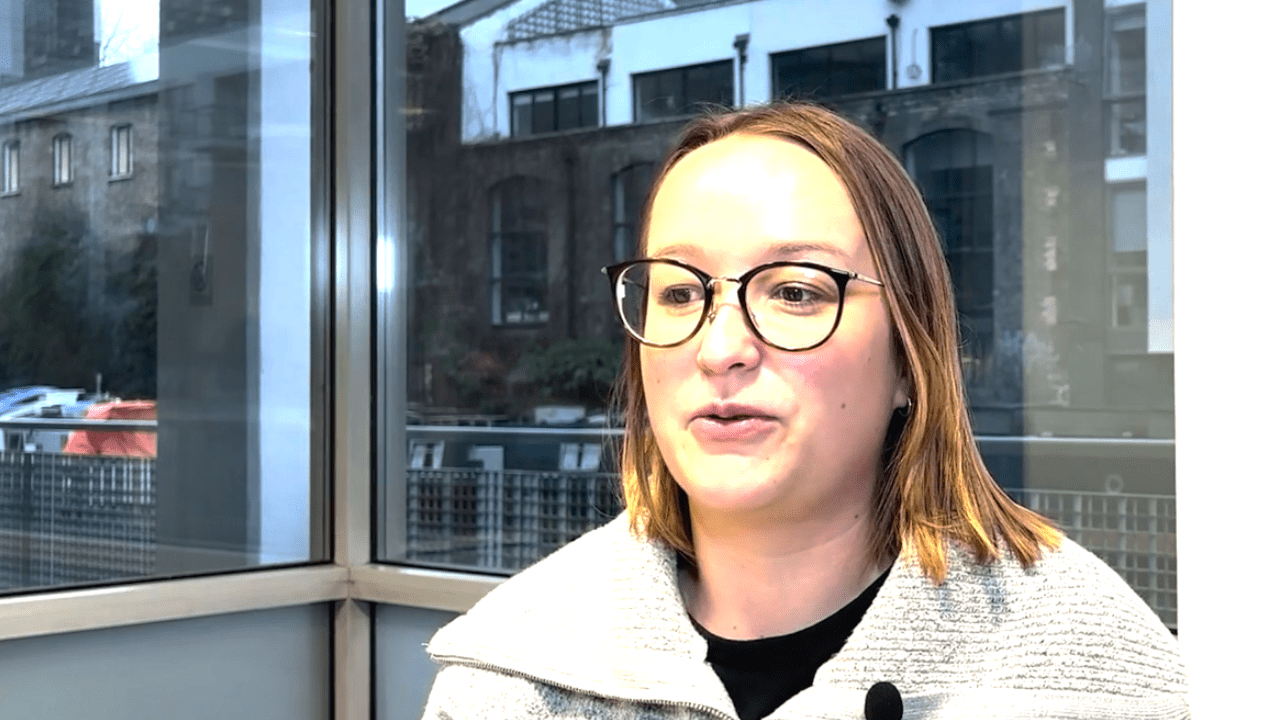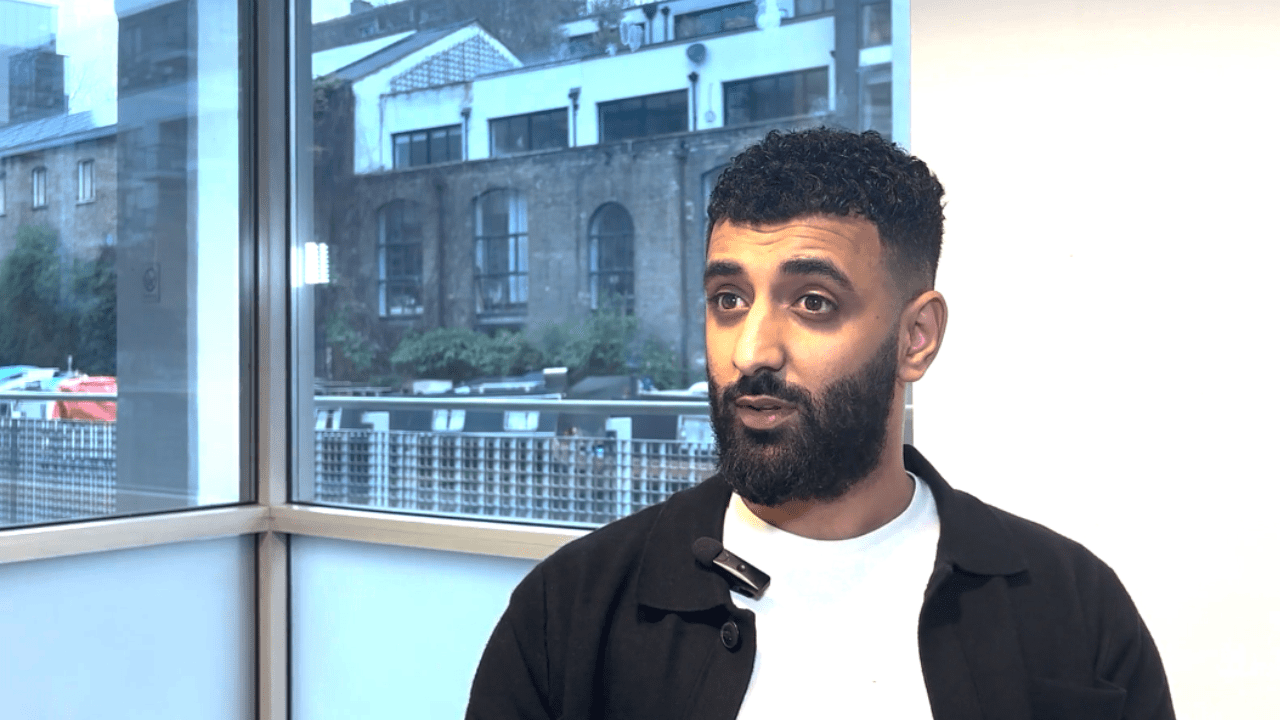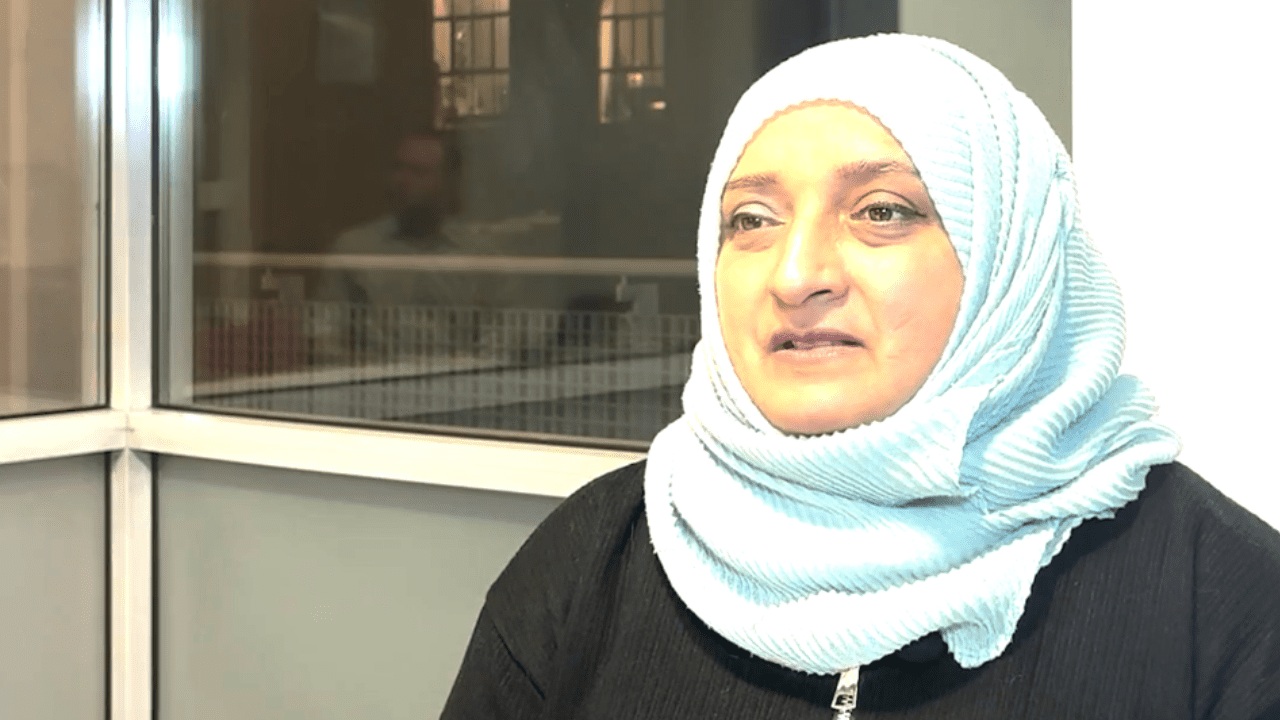Pride of Place Learning Hub: Phase Three
Pride of Place Learning Hub: Phase Three
In Phase Three, you can explore building your partnership Board, recruiting an influential Chair, and beginning the vital work of engaging and supporting communities in your place. This Learning Hub is sponsored by Aviva, Strategic Partner of the Business in the Community (BITC) Pride of Place programme.
Building and Managing Your Board
Welcome to ‘Building and Managing Your Board’, the Pride of Place module designed to guide you through the process of identifying, selecting, appointing, and managing your partnership board.
By this stage, you will have learnt a huge amount about your chosen place, and you will have built strong relationships with some really important stakeholders who make things happen locally and regionally.
You are about to move from doing things independently, or as part of a small group of core, interested partners, to having a team of influential leaders on your side. This should bring clout and confidence to your efforts to secure funding that will help you fully launch your place.
Building your Board and scoping your Chair
Having progressed into phase three, you will probably be connecting back in with many of the organisations you have identified in your earlier stakeholder engagement, seeking to engage them to be part of the Pride of Place Board.
The Pride of Place Board should be made up of senior representatives from each organisation, as these representatives can use their influence and resources to drive action in a place. You are likely to have greater success if invites come from your Chair, but you will need to draft these before a Chair is appointed.
The type of businessperson who is well-placed to become a Board Member is someone who:
Establishing a Pride of Place Board
Throughout the stakeholder mapping, engagement, and needs-analysis process, you will have developed an understanding of the demographics and main players in the place. You may have already identified some key local leaders that you think will play a long-term role in the partnership. To ensure that long-term commitment and momentum are maintained, it is important to work towards goals and motivations that make sense for all partners.
BITC suggests that a Pride of Place Partnership Board be established as a steering group, which brings together these local leaders in a cross-sector-organised forum. This will ensure that the expertise, resources, and commitment of a range of organisations are secured, bringing together individuals with power and a passion for the key issues in the place. The Board should primarily be made up of CEOs and other business leaders – you should aim for around 70% of your Board to be made up of representatives from business – but can also include the following local leaders:
Your Pride of Place partnership will grow and change over the course of the development of your place, but making a good start to building your Board involves recruiting diverse leaders from a range of different organisations who can collectively drive change. It is important that the Board reflects local strengths, and it should tap into key industries and sectors that can bring credibility, influence, and reach in your area.
For a BITC-managed place, funding is sought from these Board Members in order to put resource on the ground. It is critical that there is a dedicated person who can ensure action is followed through between meetings.
Building a Pride of Place Partnership Board in Coventry
In Coventry, the Place Partnership Board (known there as the Coventry Leaders’ Network) comprises colleagues from:
Benefits of a business-led Board
When considering who should sit on the Place Board, it is important to remember the benefits the Board will bring:
The Board should have formal terms of reference in place that clarify the role and authority of the Board, how often it will meet, what will be discussed, and the roles of different members. In addition, the unique contributions of each Board Member should be acknowledged.
Appointing a Chair
Broadly, the role of a Chair includes the following duties:
The core commitments are as follows:
Essential steps to take before holding your first Board meeting
Before bringing partners together to run the first Board meeting in a place, it is important to build on the foundations laid during the stakeholder engagement process. Doing this before you formalise a Board meeting helps to ensure that all parties who will be invited to be involved understand what is involved, have a chance to ask questions and voice any concerns discretely, and feel prepared for working collaboratively with organisations and partners they may not have previously engaged with. The key steps to take before setting up the Board formally include:
Holding your first Board meeting
Offering to host the first meeting can be a great way of demonstrating your commitment to working in your place. However, in some instances, making use of a shared community or business venue can also help to establish commonality between respective place partners.
BITC’s experience of operating a range of place programmes across the UK means that there is a bedrock of experience and ways-of-working that can support you to hold a successful first Board meeting. Get in touch with your main BITC place contact before attempting to arrange your first Board meeting, so that you can receive relevant templates and guidance to help you get started.
Resources
The resources below will support you in starting your placemaking journey and help provide an overview of best practice. More resources will be added to the modules as this Learning Hub is developed and improved, so keep in touch with your main BITC contact to learn more about the latest content as it launches:
Building and Managing Your Board: FAQs
Next steps
If you are reading this page as an existing or potential Board Member, you might find it useful to check out ‘Being a Board Member’ for further guidance on expectations.
If you have your Board in place, it is time to begin deepening your understanding of your place by planning some ‘Community Conversations and Business Roundtables.’
If your Board is ready to start delivering some tangible early successes to show your place that you are there to drive impact, then it could be a great time to start planning how you will go about ‘Securing Quick Wins.’
Being a Board Member
Welcome to ‘Being a Board Member’, the Pride of Place module designed to support you in considering, joining, and thriving as a Pride of Place Partnership Board Member in a place that matters to you.
You may have been directed to this module by someone who is already involved in a Pride of Place partnership, or you might have come across this page in your own search for opportunities to contribute to local change.
Either way, you are in the right place to learn more about whether joining a Pride of Place Board is right for you or for one of your contacts. You will also be able to gain an insight into what is expected, what is involved, and what is possible when you work alongside cross-sector leaders to drive place-based transformation.
Who can be a Board Member of a Pride of Place partnership?
A Pride of Place Board should be made up of senior representatives from each organisation, as these representatives can use their influence and resources to drive action in a place. If already appointed, the Board Chair and other members may already be familiar to you. Partnerships thrive when Board Members are well connected, passionate about their place, and able to use their networks, influence, and resources to mobilise local partners.
A Pride of Place Board Member is someone who:
While the composition of Pride of Place Boards differs depending on the local context and the duration of their operation, they generally consist of leaders representing:
To enable the kind of sustained, sustainable, community-oriented activity required to build an effective partnership, there is an expectation that larger businesses joining a Board provide funding at an agreed level. BITC will work with you to convey how the financial contributions of other Board Members are used and to discuss an appropriate level of commitment for your business.
What is expected of Board Members?
As a Pride of Place Board Member, you would be expected to bring a blend of passion, skills, and commitment to the table. Your primary role is to provide strategic guidance, unlock resources, and open doors, helping your partnership deliver on the community’s needs and goals.
Board Members are expected to be proactive, demonstrating leadership and strategic acumen in contributing to decision-making on the aims, actions, impact, and profile of place-based projects and partnerships. There will be regular meetings and other opportunities to connect and collaborate with other Board Members and key community leads, so you will need to be able to commit to giving time (at least 4-6 days per annum) to participate.
You would also be an advocate for the project within the place, and further afield, helping to build broad support and engagement. This will involve networking, attending community events, and effectively communicating your partnership’s progress and impact. Financial and resource oversight is another key responsibility, requiring you to understand and contribute to the responsible management of plans and pipelines.
Furthermore, you would be expected to uphold ethical standards and act in the best interests of the community. You will work closely with other Board Members, the appointed Place Lead, and BITC and its partners in your place. Place Partnership Board Members should see themselves as an enabling force: someone who can make things happen locally, someone who is able to step back and spot new opportunities and risks, and someone who suggests and facilitates more effective ways of working.
How can I add additional value to a Pride of Place Partnership Board?
There are several ways in which you and your business can maximise the potential of your Board position to support the objectives or your Pride of Place partnership:
Benefits of a business-led Board
When considering who should sit on the Place Board, it is important to remember the benefits the Board will bring:
The Board should have formal terms of reference in place that clarify the role and authority of the Board, how often it will meet, what will be discussed, and the roles of different members. In addition, the unique contributions of each Board Member should be acknowledged.
Resources
The resources below will support you in starting your placemaking journey and help provide an overview of best practice. More resources will be added to the modules as this Learning Hub is developed and improved, so keep in touch with your main BITC contact to learn more about the latest content as it launches:
Before you start: FAQs
Next steps
If you have been invited to join a Pride of Place Partnership Board and feel comfortable with what is involved, the next step is to spend time getting to know the other Board Members and set up a quick meeting with your Place Lead.
You may also find it useful to explore the other modules in this Learning Hub to familiarise yourself with the placemaking process and what is involved.
If you have not yet been involved or invited to participate in a Pride of Place Partnership Board but would like to learn more about where they currently operate around the UK, check out BITC’s Pride of Place homepage for further information.
Community Conversations and Business Roundtables
Welcome to ‘Community Conversations and Business Roundtables’, the Pride of Place module designed to support you through the process of building a deeper understanding of the needs, abilities, and goals of the people and organisations in your place.
Connecting local leaders to shape a shared vision for their place, informed by real experience and practical insights into how things have and have not worked for local people, is central to the Pride of Place approach.
Once you have established your place, appointed a Place Lead, and started to build your Board, it is time to develop and enrich your existing knowledge and networks to really get people on side to ensure your place fulfils its potential.
Why it is so important to connect, engage, and listen to communities and businesses
Place-based approaches should be viewed as a long-term commitment, so effective stakeholder engagement at the early stages of your involvement is vital to starting well.
Building strong connections with diverse communities and organisations in a place can reap continual dividends by enabling productive conversations and bringing to light new opportunities over many years. In the example from Newport below, many of the discussions held with stakeholders to understand need have since led to impactful partnership opportunities.
There are many important reasons for consulting in an inclusive and effective way as part of the placemaking journey:
Bringing communities together in Newport
The Pride of Place partnership in Newport, South Wales, built on the wide local reach of its founding partners to engage community stakeholders in diverse ways. In 2023, the Newport Place Lead used support provided by Board Members and a wide range of local leaders to run a series of four community conversation events. These helped provide a growing network, and body of evidence, to help the programme refine its goals and objectives.
Recognising that not everyone in the local community would be able, or feel comfortable, to attend a public event, the Newport team also held 86 one-to-one meetings with local community organisations, and the team publicised a survey that gathered 243 responses from local people. Findings from these different strands of engagement continue to give the programme a solid grounding in the lived experience of members of Newport’s community, informing decisions and activities on the ground. This early stage of deep relationship building also creates trust that enables the underserved within a community to engage.
Working with your contacts to plan effective stakeholder engagement
By this stage, your Pride of Place partnership should really be starting to take shape, with a Place Lead appointed, a Board established, and a growing list of people and organisations you have spoken to and learned from so far.
When planning a public-facing consultation event in your place, it is beneficial to call on support from your existing stakeholders to help ensure you reach the right people:
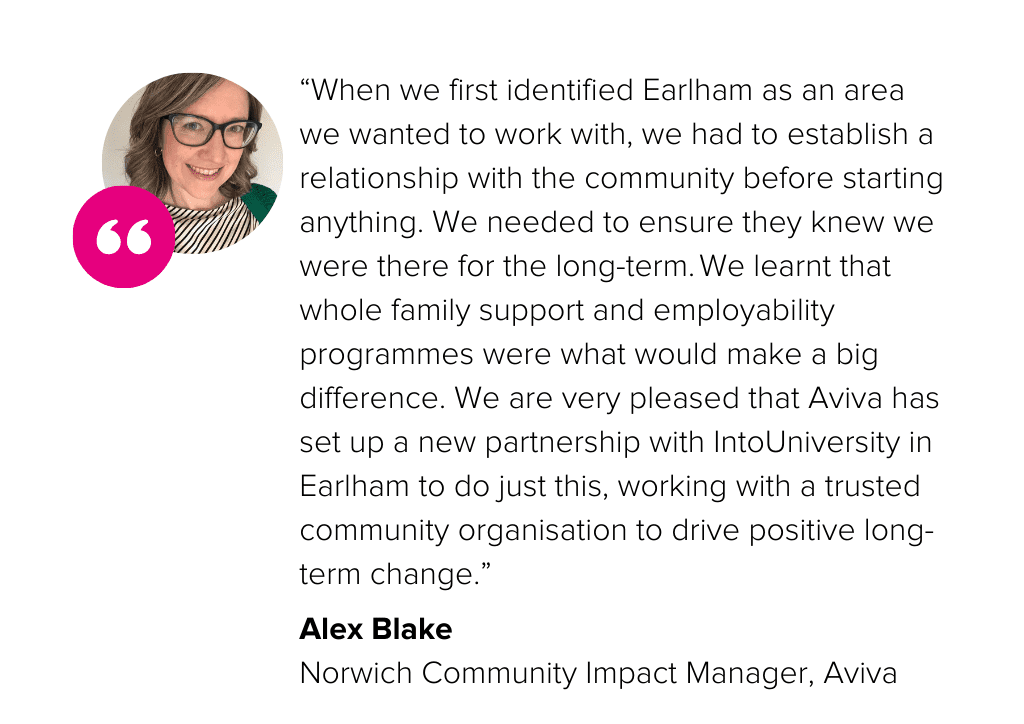
Top tips for running a business roundtable
A ‘business roundtable’ is an opportunity to bring different businesses together to share learning, insights, and ideas around topics that are pertinent to your place.
Just as with the network of community and voluntary organisations that operate in your place, the business ecosystem can vary widely between different locations. As such, it is important to consider existing strengths, and known gaps, when planning to bring businesses together for a formal discussion:
If you would like a bit more help in planning and running your first business roundtables, BITC’s Advisory Services Team can help.

Resources
Community Conversations and Business Roundtables: FAQs
Next steps
Having held your first community conversations and business roundtables, you have begun to take the next vital steps to gathering local knowledge and connections that can help your partnership drive necessary action.
The next module provides more detail on the kinds of charities, voluntary organisations, and service providers that will be a major asset in your Pride of Place journey, and it gives tips on how to engage them.
Once you have gathered findings, connections, and insights from communities and businesses, it is time to bring that information back to your Board to plan out some of the first on-the-ground activities that you can aim for to start making things happen locally.
Working with Voluntary and Civic Organisations
Welcome to ‘Working with Voluntary and Civic Organisations’, the Pride of Place module written to help you understand the types of non-profit organisations that are crucial to making a Pride of Place partnership work effectively.
While the Pride of Place approach requires business leadership, it is incredibly important to harness the knowledge, experience, skills, and reach of charities, community organisations, education, healthcare, and other social support providers.
This module will introduce you to the different types of organisations that make places work, and it will offer tips and inspiration to help you build productive, effective relationships with them, so that your Pride of Place partnership can reach its full potential.
Why working with voluntary and civic organisations is essential to Pride of Place
At every stage of the Pride of Place process, enabling input from people and organisations that work every day to support people’s lives will be hugely important in ensuring your plans, actions, and overarching strategy are informed by, and aligned with, community need. By now, you should have identified and engaged with a good initial list of diverse community-facing organisations, and you may have already run a community conversation to hear their views, concerns, and aspirations.
Organisations in these sectors support partnerships by providing data, insights, and research to help you understand the challenges faced by local people. They will also be critical in helping you to build trust with meaningful and useful networks that are often ‘on the frontline’ of community life.
Powered by business leadership and commitment, these organisations will be crucial delivery partners in making positive change locally. While business leadership and local authority endorsement are central components of a Pride of Place partnership, it is community-facing organisations and services that will really help you drive lasting impact with local people.
It is useful to consider whether there are any ‘umbrella organisations’ you can invite to join the Pride of Place partnership in the initial stages. These organisations, such as Give Bradford, Norfolk Community Foundation, VOSCUR, GAVO, and Voluntary Action Coventry, represent multiple local charities and community organisations, so they have great reach into the community but are not aligned to a single issue, which may skew your strategy early on.
Why Pride of Place partnerships need to work with VCSE organisations
The charity UnLtd cited the following concerns as a barrier to business engagement in a place-based approach: “Repeatedly, the inquiry heard of place-based initiatives where the communities in the place were dubious of new arrivals coming to do good.” When asked what a barrier could be, UnLtd said, “Local communities not trusting or understanding the business and therefore not engaging.” Overcoming this doubt and resistance is a hurdle that should be anticipated by businesses engaging in a place.
Building trust is an essential part of community engagement, and this ensures a partnership does not assume it knows what is best for the people it is trying to help. By engaging with and listening to the community, as well as analysing and understanding the data, partnerships can begin to grow their understanding of the key challenges, opportunities, and stakeholders in a place. This is a way to have the community working with a partnership, thus harvesting community capital.

How delivering early action can help gain community buy-in
A long-term perspective is necessary to have a transformative impact on a place, but the community also needs to see results delivered in a timely manner to ensure buy-in, and cooperation with, the partnership’s efforts. Early action involves an investment of time and energy that wins the trust of a community.
The @one Alliance, led by Anglian Water, boosted council engagement efforts and rehabilitated a community centre in the town of Wisbech. Anglian Water alone contributed the time of 140 of their employees to this quick-win effort. This had the added benefit of the company personnel learning more about what a place-based approach means, increasing internal enthusiasm for the approach. In this case, the commitment to the long-term beyond the quick wins was clear.
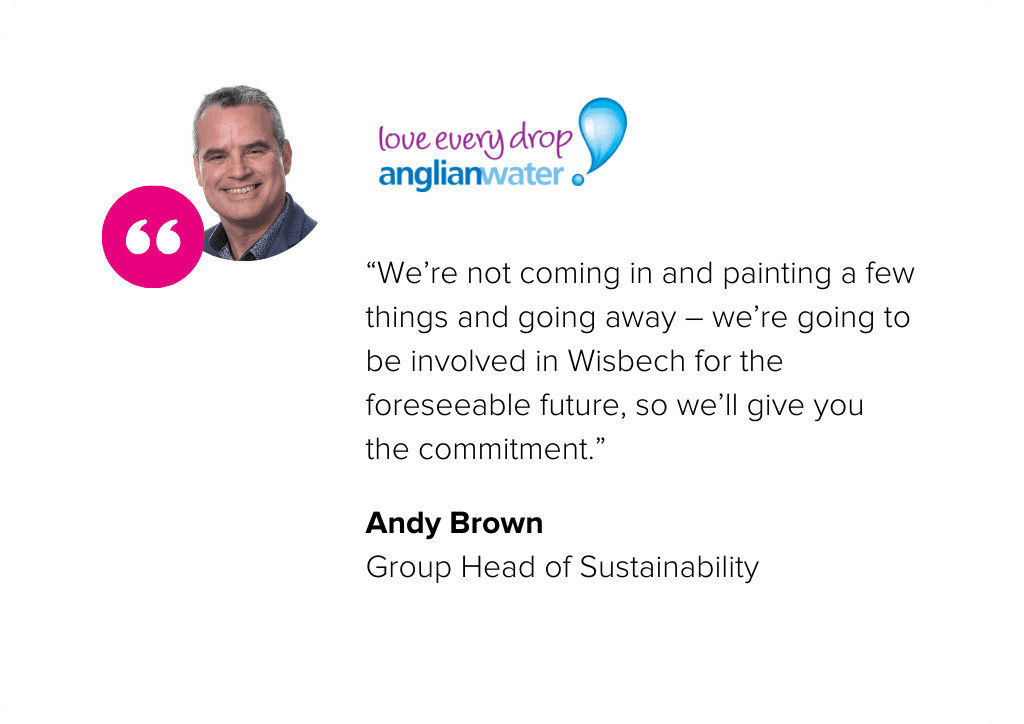
Top tips for working with charities and community groups
The comparative strength of the UK’s charity and voluntary services sector means that every place will be home to a wide breadth of community groups and charities working to make life better for people.
When making an approach to a charity or community group, it is always important to do your homework and to find out a bit more about what the organisation does, who is involved, how long it has been in operation, and where it works. It is also crucial that you check whether the charity is registered and filing appropriate accounts with the Charity Commission.
While many people will be familiar with the major, nationwide charities that advertise on TV, bus stops, and social media, there are literally thousands of smaller, more local ‘hidden gems’ across the country.
Often, these smaller organisations will have very few staff and may rely heavily on volunteers to support their work. As such, it pays to be patient and friendly, and to communicate clearly in your outreach with them. To help ensure you are reaching the right organisations, spend time building a strong relationship with your local community voluntary council or service.
Key risks to be mindful of include overpromising and overwhelming either the people or a place. It can be common for charities to view an approach by a larger, business-backed operation as a potential threat or as a means of securing income and support. Whilst that may eventually be the case, it is a good idea to begin any relationship with open ears and an open mind, learning more about how you may work together before committing to big plans and potential outcomes.
If you would like a bit more help in mapping out local charities and in preparing an approach to them, BITC’s Advisory Services Team can help.
Resources
The resources below will support you in starting your placemaking journey and help provide an overview of best practice. More resources will be added to the modules as this Learning Hub is developed and improved, so keep in touch with your main BITC contact to learn more about the latest content as it launches:
Working with Voluntary and Civic Organisations: FAQs
Next steps
Now that you have identified some of the vital voluntary and civic organisations in your place and have begun to build planned relationships between them and your partnership, you are ready to start developing these further in pursuit of the vital quick wins that will deliver early indicators of your partnership’s impact.
You might also be ready to start making some more public announcements – assuming you have attained consent and sign-off from relevant stakeholders – about the impact your partnership is making. If so, ‘Storytelling to Demonstrate Impact’ provides some useful tips and guidelines.
Securing Quick Wins
Welcome to ‘Securing Quick Wins’, the Pride of Place module designed to help you identify and deliver some early successes to kick-start the impact of your partnership.
By now, you should have enlisted the commitment of a growing network of cross-sector leaders, some of whom will have joined you for your first Board meetings or will have supported you in making important local connections.
This module will help you to unlock the potential afforded by bringing diverse, and sometimes disparate, partners together. There are lots of ways you can make an early impact by matching the skills, resources, and ideas of your closest stakeholders with communities who need immediate support.
What is meant by ‘quick wins’ and why are they important?
A ‘quick win’, in a Pride of Place context, is an activity that creates an immediate, tangible impact, usually involving a donation of goods, services, or cash from a business to a community group, charity, or community-facing service, such as a school or hospital.
There are no expectations for quick wins to create lasting, long-term change. They are instead about making the most of things that are available and within reach for your key business stakeholders, and these could make a real difference to a local community.
While you should be able to deliver them early in your journey, you will have many opportunities to continue delivering quick wins as your partnership develops. Building ‘quick win’ activities into your plans can be really beneficial for your partnership in both the short- and longer-term, in numerous ways:
How are ‘quick wins’ different from projects or longer-term partnerships?
Quick wins: tangible, output-focused activities that usually involve the transferral of goods, services, or money from a business to a community group, resulting in immediate impact.
Projects: more continual, ambitious activities that involve key stakeholders in your partnership committing to harnessing their expertise, skills, and resources to address persistent challenges in your place.
Long-term partnerships: more holistic, outcome-oriented initiatives involving multiple diverse partners, working together to drive longer-term, systemic, and strategic change.
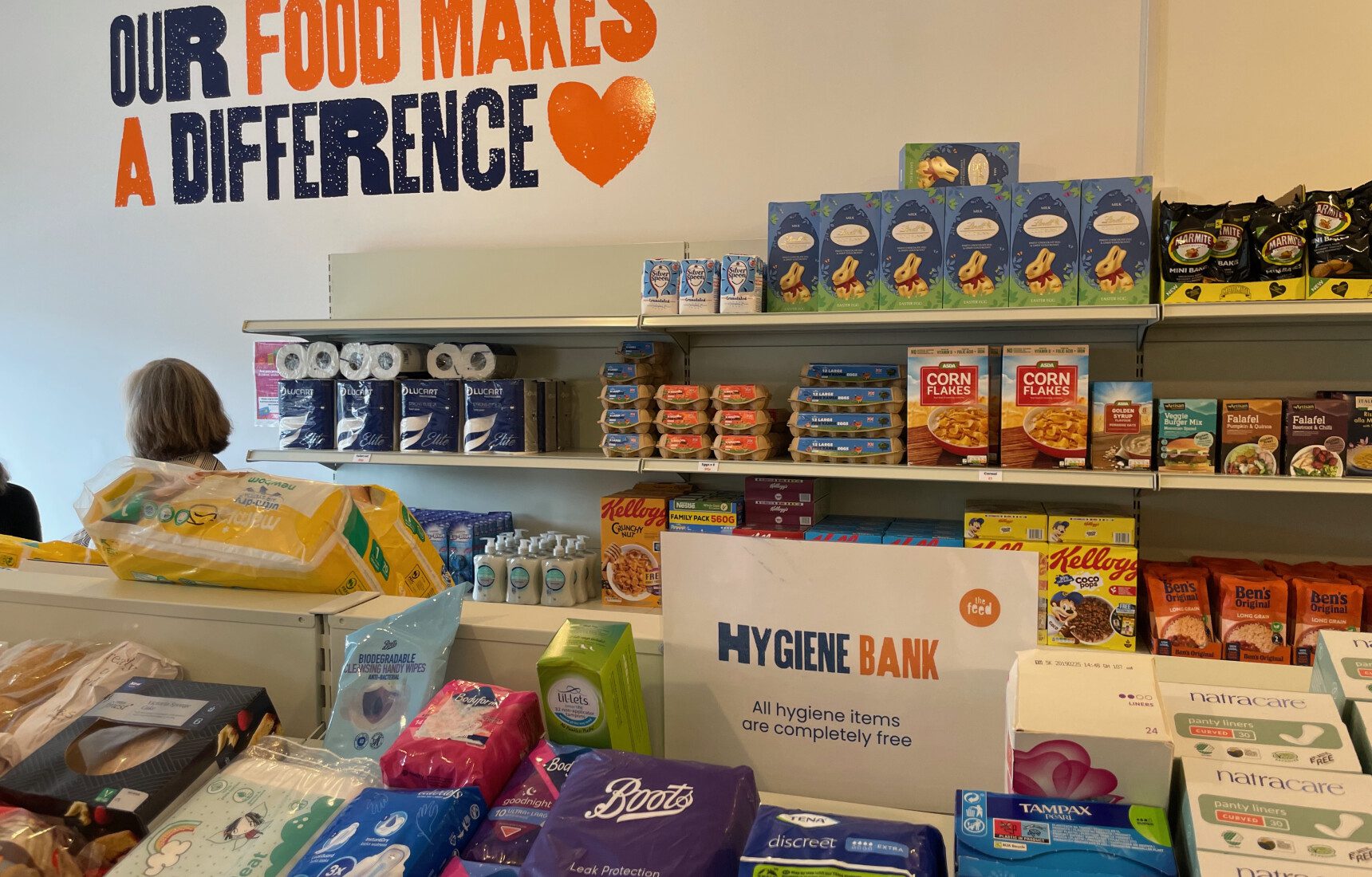
What kind of activity constitutes a ‘quick win’?
There are many ways your Pride of Place partnership can achieve a quick win. Most of the time, quick wins are successful when they actively meet an existing and prevalent community need.
For charities, community organisations, and public services struggling for funding and unable to provide enough ‘things’ for local people, the donation of goods, services, money, or time can go a really long way.
Across the existing 18 Pride of Place partnerships, there are many lovely examples of Place Leads working with their Board and other key business stakeholders to enable practical ways for them to provide quick support to people most in need in their local area. Below are some examples to help you get the ideas flowing, and you can find lots of examples from the BITC report covering The King’s Seeing is Believing visit programme in 2023:
How can I make ‘quick wins’ happen?
If you have been reading through these modules in sequence, you should have already started numerous conversations that can be incredibly useful touchpoints to help you get some ‘quick wins’ off the ground. Below are some of the key moments in your placemaking journey, which can act as catalysts for tangible local activity:
How should I report on the impact made via ‘quick wins’?
Even though the impact made by a ‘quick win’ may be small, it is really important that you measure the outputs you have achieved. Every success delivered by your partnership helps to build a convincing narrative that you can call upon to bring more support on board – and more funding to your cause.
While you will not always be able to capture every impact you have made possible, it is useful to try to get a clear picture of how your activity has delivered in one or more of the following ways:
Resources
Securing Quick Wins: FAQs
Next steps
Now that you have delivered some quick wins, it is time to make some more public announcements about the change your partnership is making, assuming you have attained consent and sign-off from relevant stakeholders. The next module, ‘Storytelling to Demonstrate Impact’ provides some useful tips and guidelines.
If you feel ready to build on your Quick Wins, you should take a look at ‘From Quick Wins to Projects’ which can help you develop your ideas and make more of a sustained impact for local people and communities.
With all the evidence you’ve gained, relationships you’ve built, and activity you’ve started to deliver, now is the right time to go deeper into ‘Setting your Vision and Strategy’ for your Place.
Storytelling to Demonstrate Impact
Welcome to ‘Storytelling to Demonstrate Impact’, the Pride of Place module intended to help you find, capture, and tell positive stories about the differences being made by your partnership.
By now, you will have built strong connections with diverse business, community, and local government leaders, and you will have started to make things happen locally with your Board and stakeholders, perhaps delivering some tangible quick wins (see previous module) in support of local people.
This module will help you to understand the importance of storytelling for adding momentum to your partnership, and it will provide you with tips and pointers to help showcase the achievements in your place.
What kind of stories can a Pride of Place partnership tell?
Some of the best ingredients for positive stories within your place will come from the activities you make happen by coordinating and inspiring your Board and key cross-sector stakeholders. Below is an overview of the different types of ‘source material’ that can generate a good story:
Why is it useful to tell good stories?
Capturing and sharing good stories is crucial to helping your Pride of Place partnership thrive, and they will be even more important as you aim to secure more funding, more partners, and more ambitious plans as your partnership develops. As well as the obvious benefit of increasing awareness of your work, good stories can help in many other ways:

What information do I need to help me tell good stories?
With the right ingredients, capturing and sharing a good story from your place can be simple. It is always a good idea to think about how you might eventually use any information, quotes, imagery, or video you capture, so that you can ensure you get the data you need in the right formats.
The level of detail you might need will vary depending on whether you are planning to share a post on social media, bringing examples together to share with your Board via meeting slides or papers, or thinking about writing up a longer-form case study to include in a report to a funder. In each case, building your story using the below components will help you enrich the narrative surrounding your Pride of Place partnership:
How can I ensure the stories I tell are appropriate and safe to share?
While it is really important you tell authentic stories that put local people at the centre, it is equally vital to ensure your story’s subjects are comfortable and happy with what is being shared.
A positive aspect of the Pride of Place approach is its ability to convene diverse organisations and people within a place, meaning that the impact made often reaches vulnerable individuals. That is why it is crucial to adopt an ‘if in doubt, leave it out’ approach when planning to make use of a quote, example, or picture that could identify an individual. If they (or a relevant guardian or caregiver) have not expressly signed off on your content, you must not use it, even if it could make for a great story.
You should also ensure that you liaise directly with your contacts at BITC before planning any communications, marketing, or press activity in your place, so that you can be supported by the team to make sure you are doing the right things in terms of safeguarding, local sensitivities, and approvals.
If you feel like you would benefit from some additional support and advice about working safely with communities in your place, have a chat with the BITC Advisory Services Team, who can help you with tailored support.
Resources
The resources below will support you in starting your placemaking journey and help provide an overview of best practice. More resources will be added to the modules as this Learning Hub is developed and improved, so keep in touch with your main BITC contact to learn more about the latest content as it launches:
Storytelling to Demonstrate Impact: FAQs
Next steps
Now that you have gained more understanding about how your place works, have built productive relationships with local stakeholders, and have delivered and promoted some impactful activity, it is the right time to go deeper into Setting Your Vision and Strategy for your place.
If you feel ready to build on the quick wins and early stories you have told, you should take a look at From Quick Wins to Projects, which can help you develop your ideas and make more of a sustained impact for local people and communities.
Telling some stories has hopefully made you think a bit more deeply about the change your partnership could make. If so, it could be time to work with your Board and key close connections to map out how you plan on Defining and Measuring Impact.
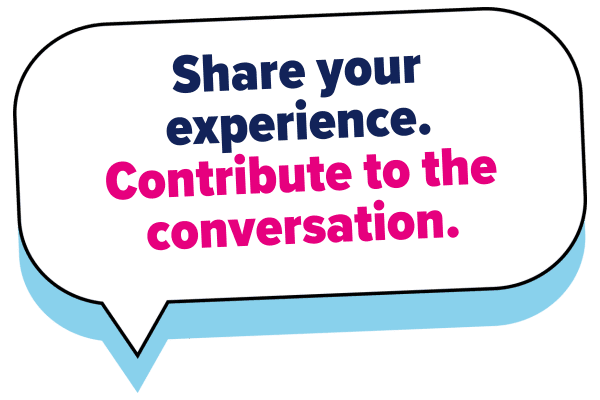
Help us build the Pride of Place Learning Hub
Our modules will be continuously updated. Your experience and feedback can help these tools become richer. Contribute to the conversation of best practices in placemaking by sharing your perspective with our team today. We welcome your feedback, case studies, and reflections on placemaking to help us curate our modules.
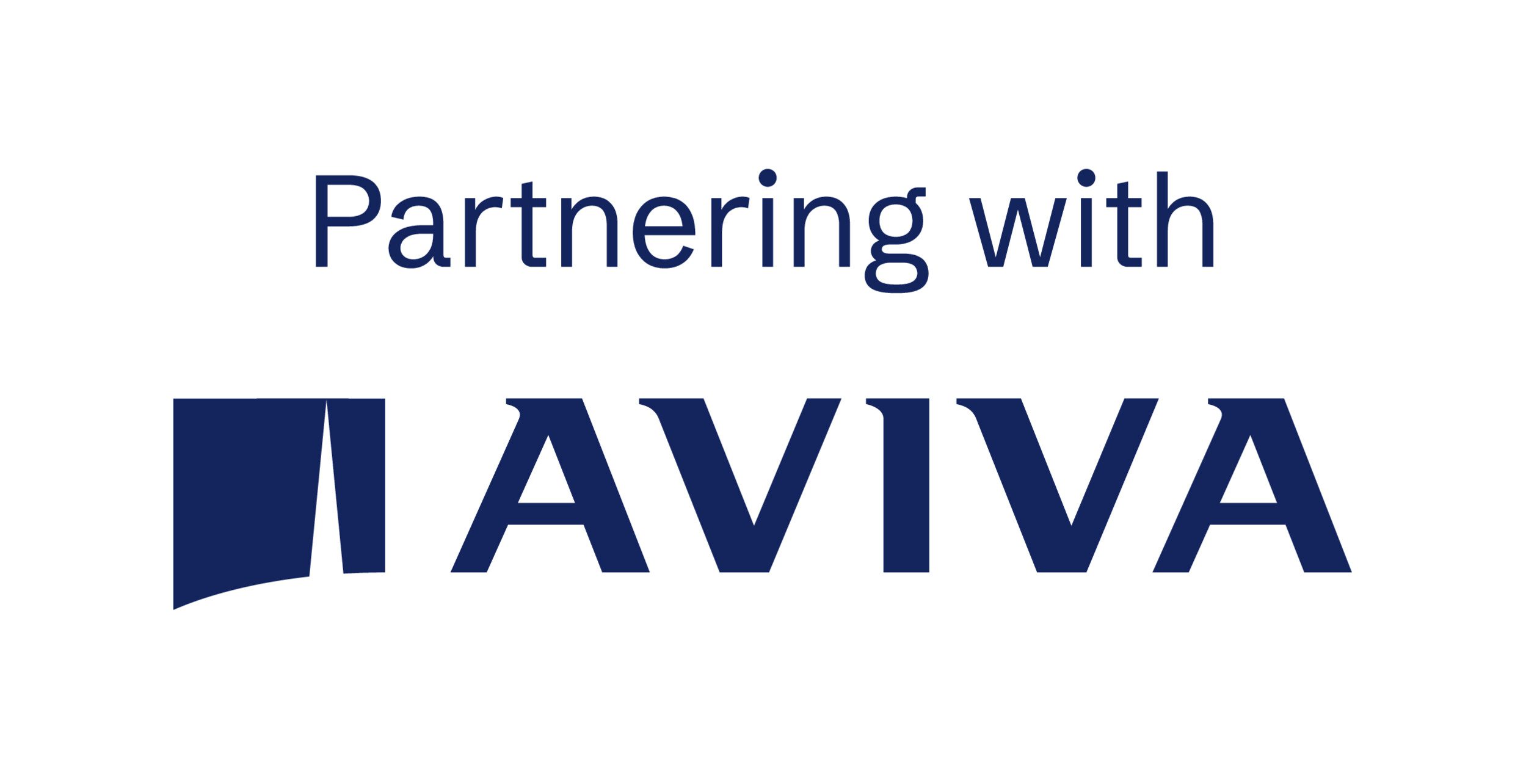
Our Pride of Place Partnership is made possible through partnering with Aviva
Aviva is the first Pride of Place Partner, working together with BITC, the partnership will build thriving communities by breaking down barriers that impact access to education and employment, improving housing and local facilities, and tackling wider inequalities facing individuals throughout the UK. The work will bring together key local stakeholders in places such as community groups, businesses and local councils to create a strategic vision for long-term change.

